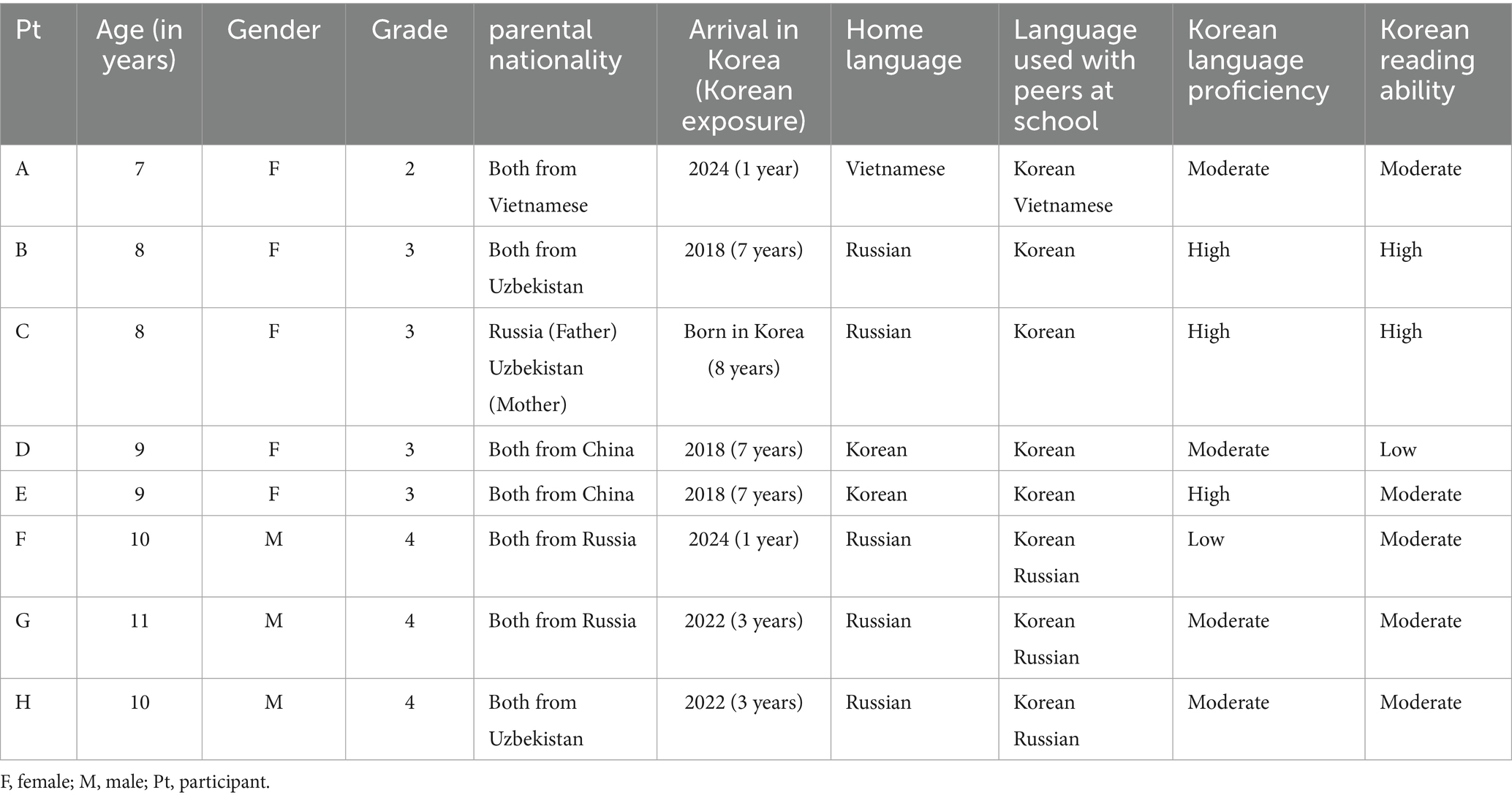Report on Teacher Retention Challenges and Their Impact on Sustainable Development Goals
Introduction
The global challenge of teacher retention poses a significant threat to the advancement of the 2030 Agenda for Sustainable Development. High rates of teacher attrition undermine the stability and quality of educational systems, directly and indirectly impeding progress across multiple Sustainable Development Goals (SDGs). This report analyzes the primary drivers of poor teacher retention and examines its profound implications for achieving key SDG targets, particularly those related to education, decent work, and inequality.
The Intersection of Teacher Retention and Key SDGs
SDG 4: Quality Education
The failure to retain qualified educators is a primary barrier to achieving SDG 4, which aims to ensure inclusive and equitable quality education for all. A consistent and experienced teaching workforce is the cornerstone of any effective education system. High turnover rates lead to:
- Disruption in student learning and school-wide instructional coherence.
- A perpetual cycle of hiring and training novice teachers, which lowers the overall quality of instruction.
- Loss of institutional knowledge and mentorship capacity within schools.
- Difficulty in implementing long-term educational reforms and curriculum improvements.
SDG 8: Decent Work and Economic Growth
The teaching profession often fails to meet the standards of “decent work” as outlined in SDG 8, which is a principal cause of attrition. Addressing these professional deficits is essential for stabilizing the workforce and promoting sustainable economic growth through a well-educated populace. Key factors contributing to teacher attrition include:
- Inadequate compensation and benefits that do not reflect the profession’s importance or the cost of living.
- Excessive workloads, including extensive administrative duties and large class sizes, leading to burnout.
- Lack of professional autonomy and insufficient support from school administration.
- Limited opportunities for professional development and career advancement.
SDG 10: Reduced Inequalities
The teacher retention crisis disproportionately affects schools in low-income, rural, and marginalized communities, thereby exacerbating educational disparities and contravening the objective of SDG 10. This inequitable distribution of experienced teachers perpetuates cycles of poverty and disadvantage. The consequences include:
- Higher concentrations of inexperienced or uncertified teachers in schools serving vulnerable populations.
- Widening achievement gaps between students from different socioeconomic backgrounds.
- Reduced access to quality education for students with disabilities, ethnic minorities, and other marginalized groups.
SDG 5: Gender Equality
As the teaching profession is female-dominated in many regions, systemic issues that drive attrition have a significant gendered impact, hindering progress toward SDG 5. Poor working conditions, low pay, and a lack of leadership opportunities for female educators reinforce gender-based economic and social inequalities.
Strategic Recommendations for Aligning Teacher Retention with SDG Targets
Policy and Institutional Reforms
To effectively address teacher retention, governments and educational institutions must implement systemic reforms aligned with SDG principles.
- Develop competitive and equitable salary structures that recognize teachers’ qualifications and experience, in line with SDG 8.
- Establish national policies to ensure manageable class sizes and workloads.
- Create targeted incentive programs to attract and retain qualified teachers in underserved areas, directly addressing SDG 10.
- Invest in robust data collection systems to monitor attrition rates and identify key problem areas.
Fostering a Supportive Professional Environment
Creating a positive and empowering work environment is critical for retaining educators and ensuring the delivery of quality education (SDG 4).
- Implement structured mentorship programs for early-career teachers.
- Promote a culture of collaboration and shared decision-making within schools.
- Provide continuous, high-quality professional development opportunities that are relevant to teachers’ needs.
- Ensure access to mental health and wellness resources to combat professional burnout.
Conclusion
Addressing the challenge of teacher retention is not merely an educational issue but a developmental imperative. By investing in the teaching profession and creating conditions for decent work, nations can build a resilient and effective education system. This is fundamental to accelerating progress towards SDG 4 and the broader 2030 Agenda, fostering more equitable, prosperous, and sustainable societies for all.
SDGs Addressed or Connected to the Issues
SDG 4: Quality Education
- The article’s central theme of teacher retention directly impacts the quality and sustainability of education. A high turnover of teachers, as highlighted by the challenges discussed, leads to instability in schools, loss of experienced educators, and ultimately compromises the learning environment and educational outcomes for students.
SDG 8: Decent Work and Economic Growth
- The article extensively discusses issues central to decent work, such as “low salaries,” “inadequate compensation,” “high workload,” and “burnout.” These poor working conditions for teachers are a primary reason for them leaving the profession, connecting the issue directly to the principles of fair pay and a safe, secure working environment.
Specific SDG Targets Identified
Under SDG 4: Quality Education
- Target 4.c: By 2030, substantially increase the supply of qualified teachers, including through international cooperation for teacher training in developing countries, especially least developed countries and small island developing States. The article’s focus on the challenge of retaining teachers is fundamentally linked to this target. The factors causing teachers to leave the profession—such as low pay and lack of support—directly threaten the available supply of qualified and experienced educators needed to ensure quality education.
Under SDG 8: Decent Work and Economic Growth
- Target 8.5: By 2030, achieve full and productive employment and decent work for all women and men, including for young people and persons with disabilities, and equal pay for work of equal value. The article’s emphasis on “low salaries” and the need for “competitive salaries” directly addresses the “decent work” and “equal pay for work of equal value” aspects of this target. It suggests that teachers’ compensation is not reflective of their qualifications and the societal value of their work.
- Target 8.8: Protect labour rights and promote safe and secure working environments for all workers… The article describes the teaching profession as having a “challenging work environment” characterized by “overwhelming workloads” and “emotional exhaustion.” This directly relates to the need for a working environment that is safe and does not lead to burnout, which is a core component of this target.
Indicators for Measuring Progress
For Target 4.c
- Teacher Retention/Turnover Rate (Implied): The entire article is centered on the problem of teacher retention. Therefore, the rate at which teachers leave the profession is the most direct indicator for measuring the stability of the teacher supply. A high turnover rate, as implied by the article, signifies a lack of progress toward Target 4.c.
- Proportion of Qualified/Trained Teachers (Implied): The article discusses the need for “professional development” and retaining experienced educators. This implies that the quality and training of the teaching workforce are crucial. The proportion of teachers who meet national qualification standards is an indicator of the quality of the teacher supply.
For Target 8.5
- Average Teacher Salaries (Implied): The article repeatedly points to “low salaries” and “inadequate compensation” as a primary reason for poor retention. Comparing average teacher salaries to those of other professions with similar educational requirements would be a direct way to measure progress towards “equal pay for work of equal value.”
For Target 8.8
- Rates of Teacher Burnout / Job Satisfaction Surveys (Implied): The article’s mention of “burnout” and “emotional exhaustion” suggests that indicators related to teacher well-being are necessary. Surveys measuring job satisfaction, stress levels, and burnout rates would quantify the “safe and secure working environment” for teachers in terms of mental and emotional health.
Summary Table of SDGs, Targets, and Indicators
| SDGs | Targets | Indicators (Implied from Article) |
|---|---|---|
| SDG 4: Quality Education | 4.c: Substantially increase the supply of qualified teachers. |
|
| SDG 8: Decent Work and Economic Growth | 8.5: Achieve full and productive employment and decent work for all, and equal pay for work of equal value. |
|
| 8.8: Protect labour rights and promote safe and secure working environments for all workers. |
|
Source: azbigmedia.com







